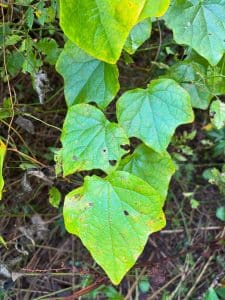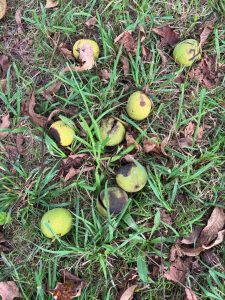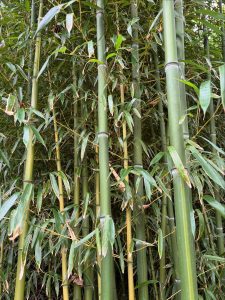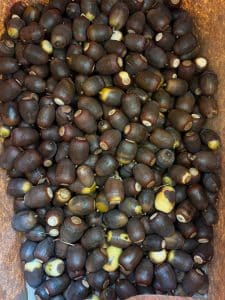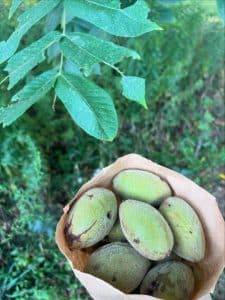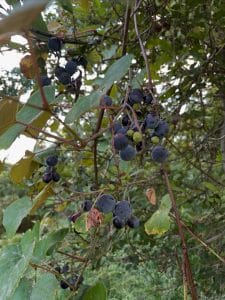Aloe Vera (Aloe Vera), the plant we all turn to after too much time spent in the sun. Aloe is a species of succulent, believed to originate from the deserts of the Arabian Peninsula (including the countries Yemen, Qatar etc.). You can find it growing wild in tropical and arid climates around the world, including the volcanic Canary Islands and large areas of Northern Africa.
As an evergreen perennial, and reaching a maximum height of approximately 100cm, its long, glossy, triangular leaves create a bold structure. It is often a popular and unique addition to rockeries and gardens.
It has also recently seen a surge in popularity as a house plant. Compared to other house plant species, Aloe needs only a small amount of water and care to thrive — making it a popular choice for a green-fingered novice.
The plant possesses a wealth of potential healing and soothing properties. Some of which are still being discovered and researched by scientists across the globe.

Cultivation History of Aloe Vera
Aloe soon spread from the deserts of the Arabian Peninsula into China and parts of Europe. It is believed to be caused by the transport and exchange of goods throughout history as different cultures began to understand and value the plants medicinal potential.
The ancient Egyptians and even Alexander the Great utilised Aloe for its healing properties by treating the wounds of the sick or injured. It is also said that Cleopatra drank the nourishing juices of Aloe as part of a healthcare and beauty regime to stay youthful.
Aloe is easy to propagate, which could be a reason for its early dispersion across the world. Adult plants can produce offsets or ‘pups’ which can be easily removed and replanted into a new pot. Within a matter of minutes, you could have several new plants.
Today Aloe is cultivated around the world for its potential healing properties, as well as its attractive form and tolerance in gardens with low water availability. Countries such as Australia, China and the US have a growing industry of Aloe plant farming. There is an increase in demand as it is being used in such a wide range of beauty products.
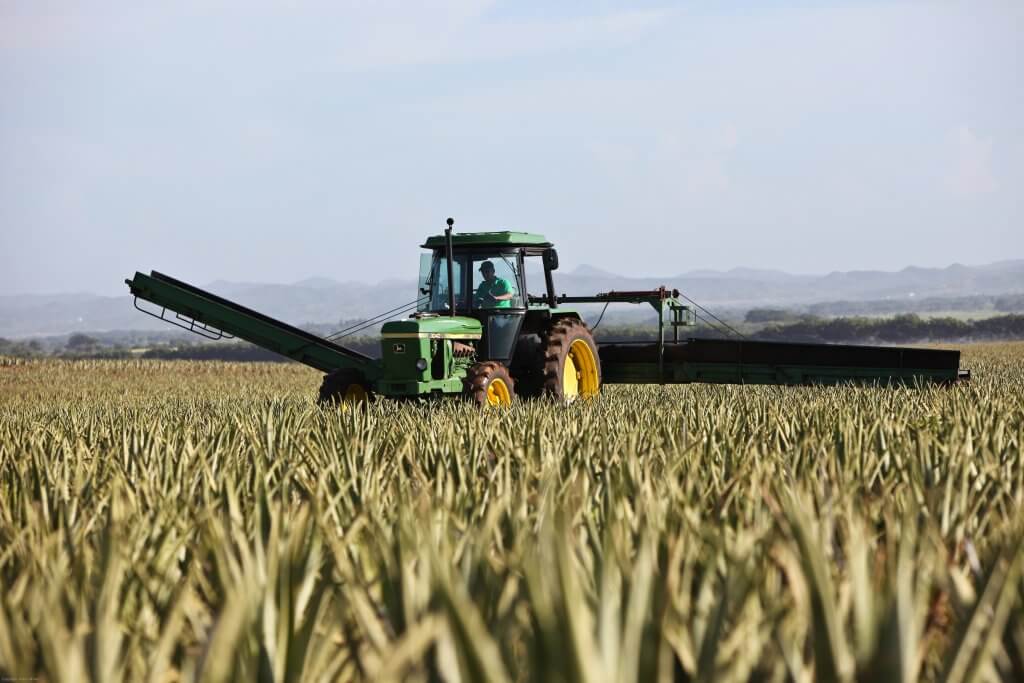
Toxicity & Cautions
There have been a few notable stories of individuals attempting to consume Aloe to obtain certain health benefits, and unfortunately suffering as a result. In today’s society where alternative medicine has gained interest, experts are warning that ingesting Aloe is not usually recommended. Certain parts of the plant contain toxins that cause abdominal discomfort and other unwelcome symptoms.
The gel inside Aloe is generally considered safe to consume, however, the plant must be thoroughly washed and carefully prepared. To prepare Aloe you must remove the serrated edges and toxic latex layer surrounding the gel.
Usage
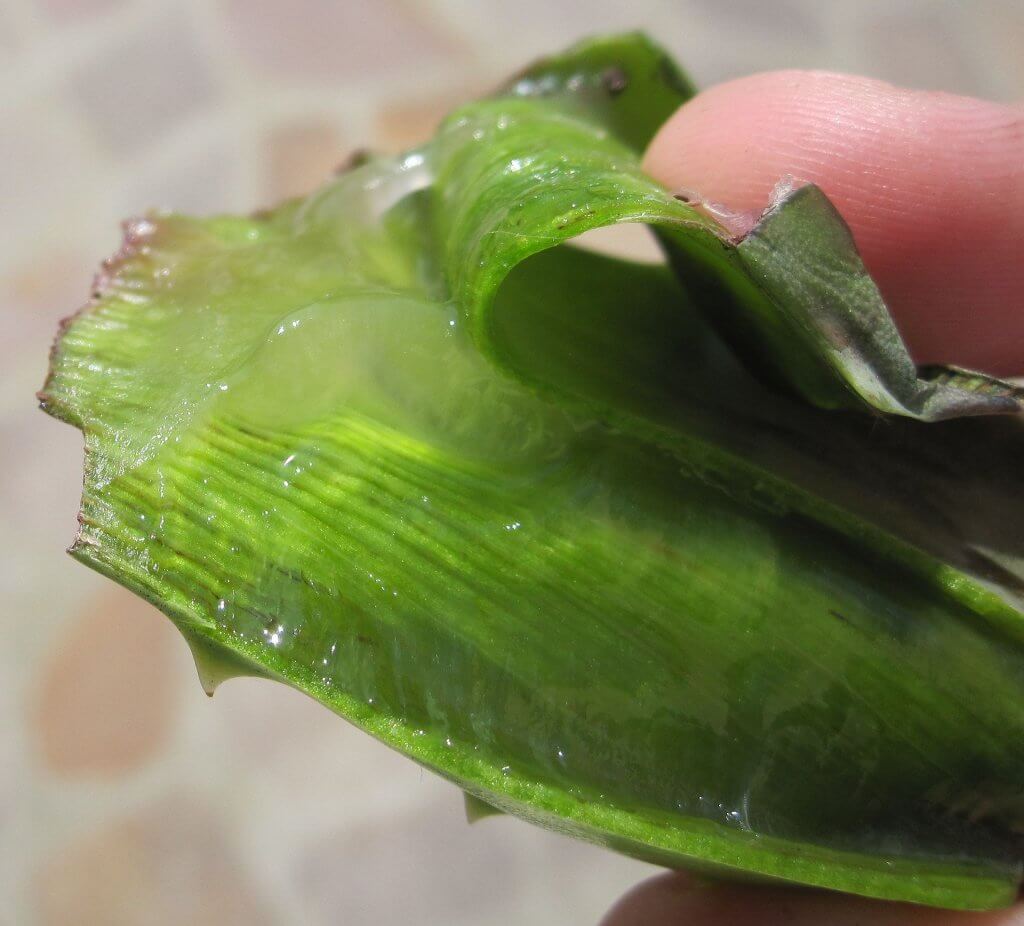
One of the current and most popular uses of Aloe today is in the skincare industry. It can be found in a wide variety of topical forms including after sun care, moisturisers and facial cleansing products. This is in part due to the climates from which this plant originates. Succulents are able to store a large amount of water in their swollen leaves. Certain compounds found in the gel of aloe are labelled hygroscopic, which means they are excellent at absorbing and retaining water. A necessary evolutionary trait for a plant that inhabits dry and arid landscapes with a sparse water supply.
Other prominent uses include dietary supplements, drinks and ointments for promoting general health and well-being. Many alternative health companies claim that Aloe can help to reduce inflammation, improve immune system health and reduce acne. Although many scientists note there is not yet enough evidence to support these claims.
One interesting and recent discovery by scientists is that Aloe gel may prove useful in the preservation of certain types of food. This highlights its potential anti-microbial effect.
Did you know…
Other common names for Aloe include ‘First Aid Plant’, ‘Burn Aloe’ and ‘Barbados Aloe’. The first two names both reference its use as a healing plant.
Conclusion
Aloe is appreciated worldwide for its soothing, medicinal value. Although more research must be conducted for us to unlock the full potential it may hold, it is still a very promising future. It highlights how we must care for and protect the floral and fauna of our world.
Written by Hannah Sweet
Hannah is a freelance writer and graphic designer from the UK. With a penchant for travelling, photography and all things botanical, she enjoys writing about a wealth of topics and issues, from conservation and slow living, to design and travel. Learn more about her writing and design services at www.sweetmeanders.co
Many of our readers find that subscribing to Eat The Planet is the best way to make sure they don't miss any of our valuable information about wild edibles.
See our privacy policy for more information about ads on this site

